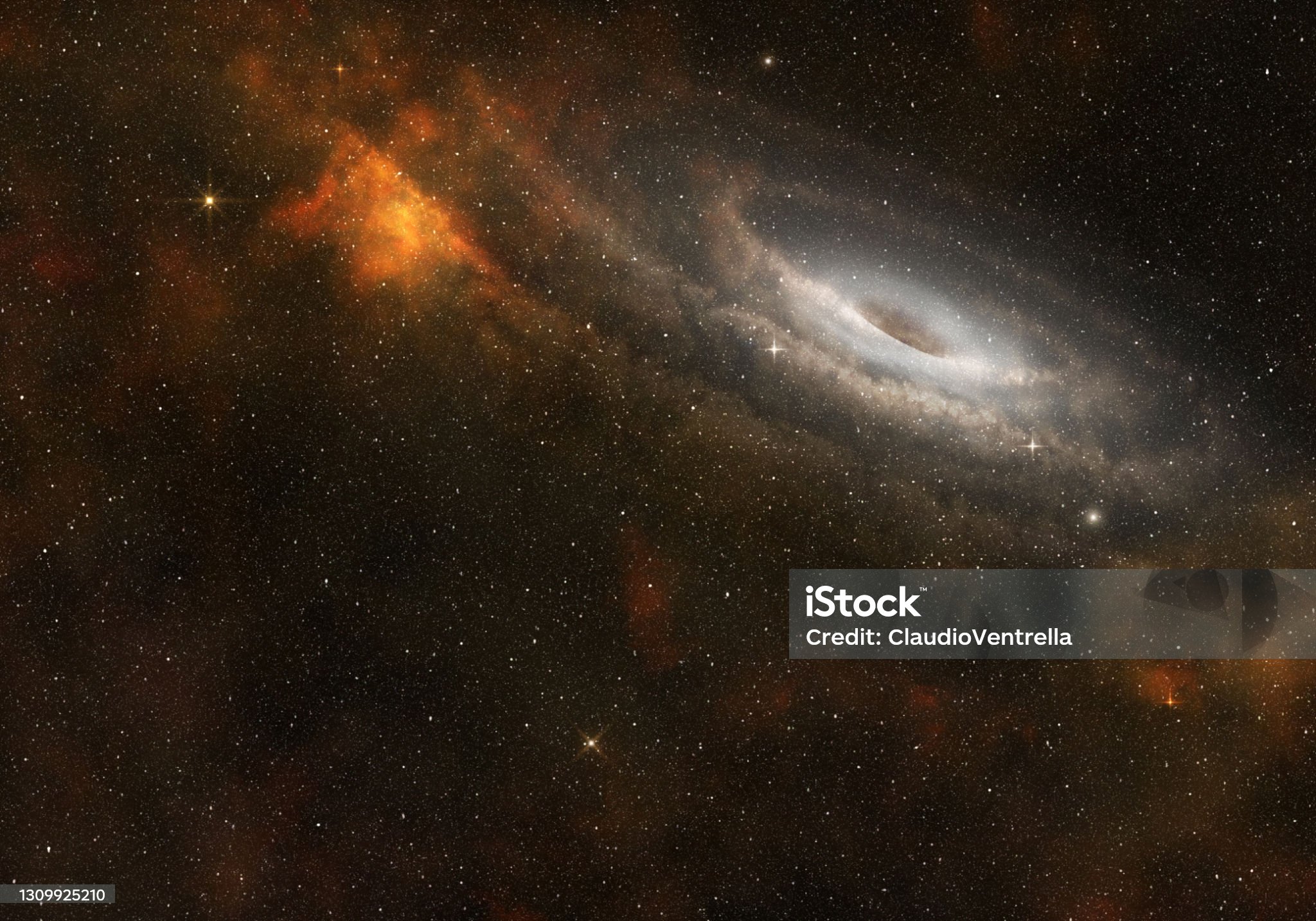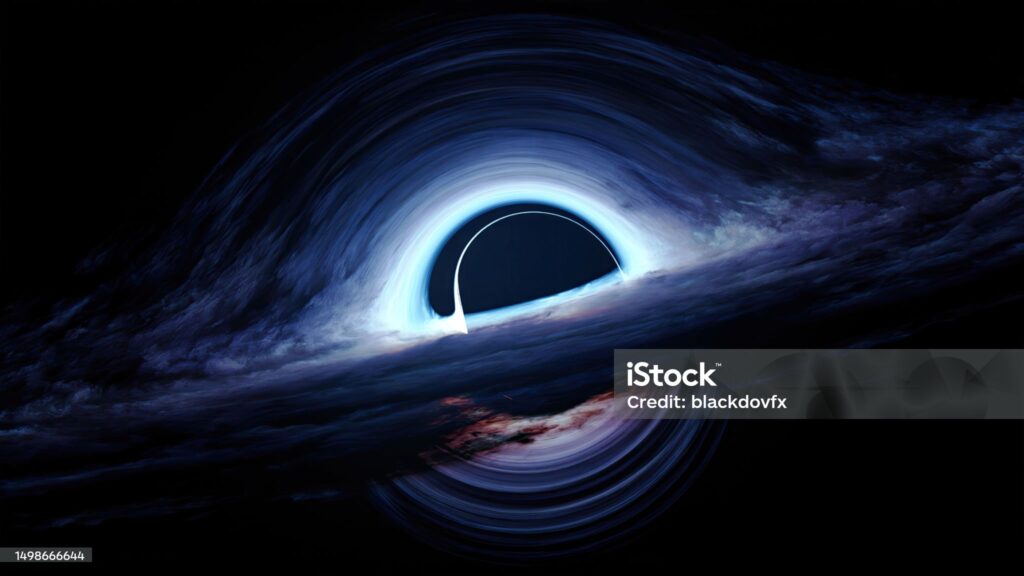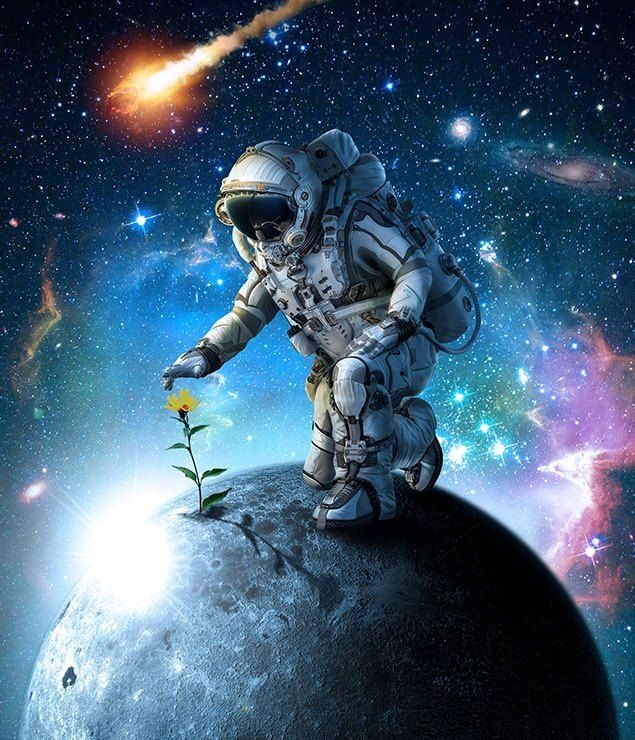Black Holes, Wormholes & Time Loops: A Journey Through Spacetime

The mysteries of space have fascinated scientists and dreamers alike. Among the most mind-bending phenomena in the cosmos are black holes, wormholes, and the concept of time loops. These aren’t just science fiction—they are rooted in the mathematics of Einstein’s relativity and the latest frontiers of astrophysics.
Let’s explore how these cosmic concepts may shape the past, present, and future of space and time.
🔭 What is a Black Hole?
A black hole is a region of space where gravity is so strong that nothing—not even light—can escape. It forms when a massive star collapses under its own gravity, compressing matter into an infinitely dense point called a singularity.
Surrounding the singularity is the event horizon, a boundary beyond which no information can return. If you crossed it, you’d be pulled inward at near light-speed, with space and time behaving in extreme and unpredictable ways.
Interesting Fact: Supermassive black holes are found at the centers of most galaxies, including our own Milky Way.

What Are Wormholes?
A wormhole is a hypothetical tunnel through spacetime that connects two distant points in the universe. If black holes are the ultimate one-way trip, wormholes are theorized as possible shortcuts across the cosmos.
First proposed in the 1930s by Einstein and physicist Nathan Rosen, wormholes are also known as Einstein-Rosen bridges. They’re predicted by general relativity, but no physical evidence for them exists—yet.
In theory, if one mouth of a wormhole could be moved or manipulated, it could enable faster-than-light travel or even a kind of time travel.
What Is a Time Loop?
A time loop, or closed timelike curve (CTC), is a theoretical path through spacetime that returns to its starting point—like a cosmic loop in time. These could exist near rotating black holes or in manipulated wormholes under extreme conditions.
In theory, time loops could allow information—or even objects—to return to earlier points in time. However, this creates paradoxes (like meeting your past self) that challenge our understanding of causality.
Some physicists believe quantum gravity or future theories like string theory may allow—or rule out—such loops.
🌐 Scientific American: Time Travel and Closed Timelike Curves
🔄 Connections Between the Three
| Concept | Based on | Possibility in Reality | Time Effect |
|---|---|---|---|
| Black Hole | Stellar Collapse | Observed (e.g., M87, Sgr A*) | Extreme Time Dilation |
| Wormhole | General Relativity | Hypothetical, unproven | Instant Spatial Travel |
| Time Loop | Relativity + Quantum | Theoretical Only | Loop in Time Itself |
In advanced theories, these three concepts interact mathematically. A black hole with specific conditions (like spin or charge) might contain a tunnel. If stabilized (perhaps by exotic matter), that tunnel could behave like a wormhole. If time flows differently at each end, a loop in time may emerge.
🚀 Why These Ideas Matter
These concepts inspire real research in physics, astronomy, and quantum theory. They raise questions such as:
- Can time flow in multiple directions?
- Could advanced civilizations use wormholes?
- Is time travel fundamentally impossible, or just very difficult?
They may sound like science fiction, but they challenge the very foundations of space, time, and reality itself.


You have choosen a great topic..Go ahead🌸
That’s cool!!!